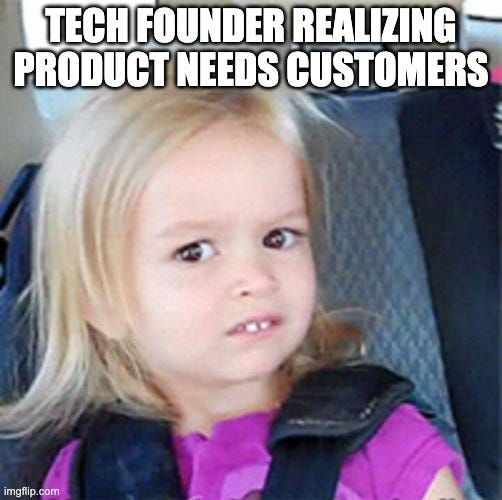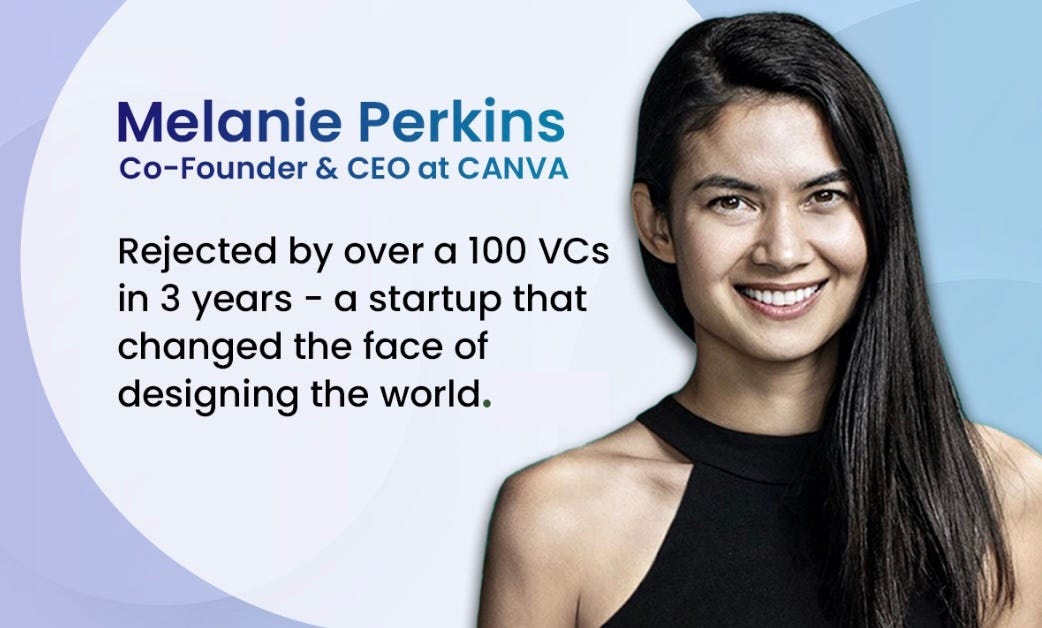Read time: 3 min
There’s a type of founder investors hate funding.
One you’ve seen before.
The tech-obsessed Scientist-Founder.
You know the type.
Obsessed with the science.
The tech.
The cool discovery they stumbled upon.
But when it comes to pitching? Rallying a team? Convincing investors? Painting a vision so bold it feels like they’re already transforming an industry?
They’re completely lost.
This is the kind of founder who thinks the tech alone is the story.
And that’s where they start bleeding.
Death by a thousand cuts.
Because this founder? They’re brilliant in the lab, sure. They’ve developed cutting-edge technology that could genuinely disrupt a market.
But here’s the thing:
Disruption needs more than invention.
It needs sales. Marketing. Vision.
And the biggest names in tech?
They didn’t just stumble onto success by staying locked in the lab.
They had to transform themselves.
Take Patrick Brown.
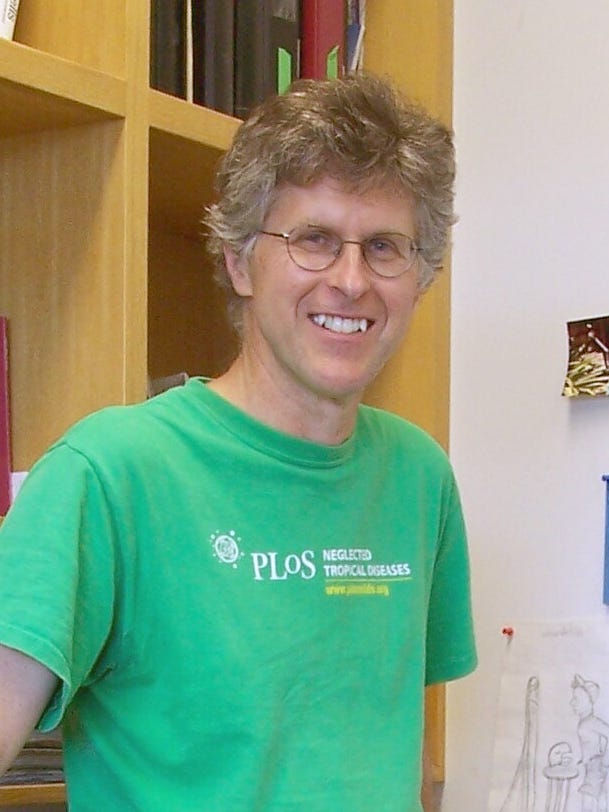
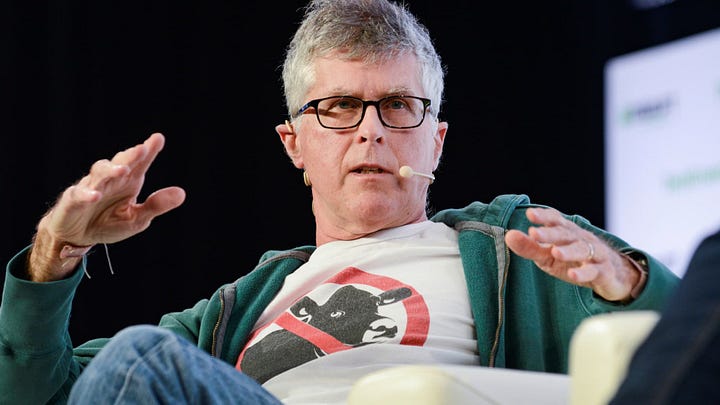
Patrick Brown started as a biochemist, not a CEO.
He was focused on environmental issues, deeply invested in solving the massive impact of industrial animal agriculture.
The science behind Impossible Foods was groundbreaking, but Brown knew that wasn’t enough.
If he stayed the scientist, his plant-based burger would’ve remained just a niche product. So, he reinvented himself. He became the face of the movement. He had to step out of the lab, pitch his vision to investors, convince fast food giants to take a chance on his tech, and rally consumers to believe in a future where meat could come from plants.
Elon Musk?
In the early days of PayPal, he was just another tech guy, buried in code.
But with Tesla and SpaceX, Musk realized that the technology alone wouldn’t inspire the world. So, he transformed himself into the modern-day Tony Stark.
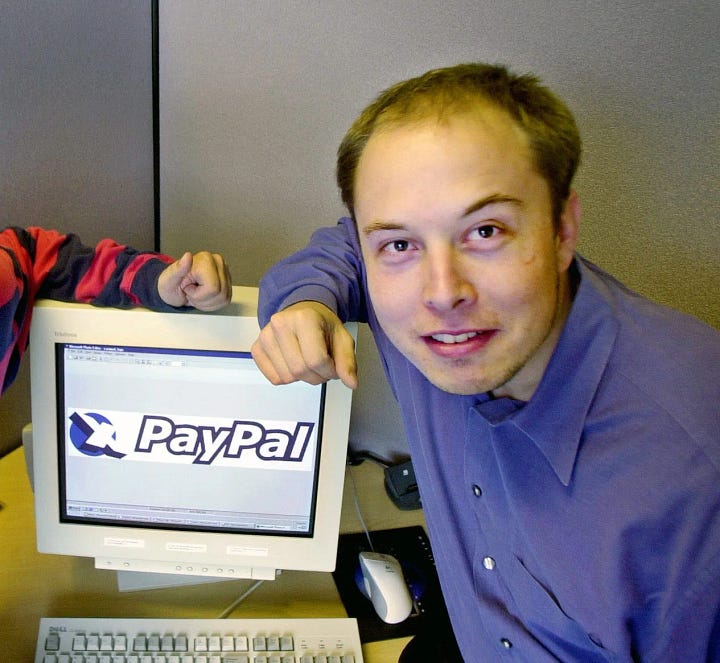
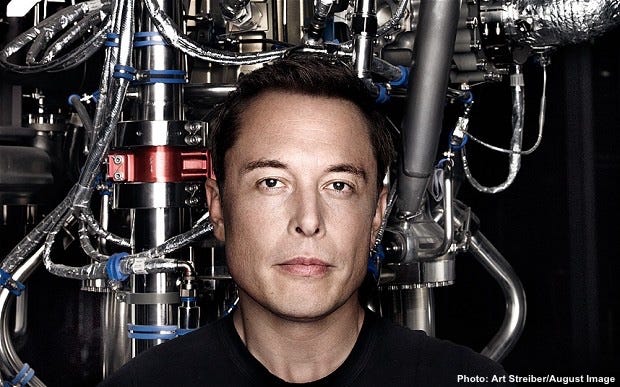
Musk didn’t just sell cars or rockets—he sold the future of humanity. He mastered storytelling with his MASTERPLAN, turned launches into spectacles, and got people to buy into visions that felt almost insane.
The tech mattered, but Musk turned it into a spectacle.
Melanie Perkins?
Too nerdy, stuck at the ‘feature’ level, and lacking vision she went through years and hundreds of VC rejections.
She had to become a commercial visionary, selling the idea that anyone—yes, anyone—could be a designer.
She transformed herself from a design student into the CEO of a $25 billion tech unicorn (Canva). And it wasn’t just about the tool—it was about democratizing design for the entire world.
These founders started as nerds.
But they didn’t stay that way.
They had to completely reinvent themselves.
Because no one’s buying just the science. They’re buying the story. The vision. The movement you’re building around that tech.
And if you can’t sell that?
It doesn’t matter how brilliant your idea is.
It’ll sit in a drawer somewhere, gathering dust, while the world moves on without you.
So here’s the truth:
If you’re the technical founder, if you’re that scientist in love with your creation, you’ve got a choice.
Get good at sales, at vision, at the art of making people believe.
Or find someone who can.
Want to join our Climate Investors community?
👉 Join the Climate Insiders investor community 🚀 Whether you are looking for unique deal flow, wanting to develop your Angel track, or simply seeking exposure to the best projects in the space, join us here.
And if you are enjoying this newsletter, the best support would be to recommend it to a Climate friend or colleague 🙏 Let’s grow this movement together.
A special shout-out to Jan Bohnerth, who successfully referred the newsletter to 5 new subscribers! 👏 Thanks for your support, Jan.




